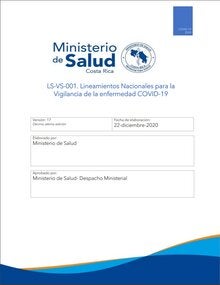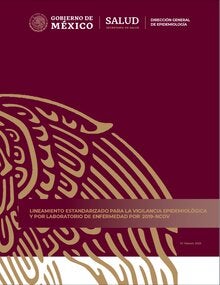National Strategy for Contact Tracing: a written document (published or unpublished) or guideline that outlines the mechanism for contact tracing activities including, but not limited to, contact definition, period of contact, monitoring of contacts, testing of contacts, and duration of the quarantine.
Monitoring of Contact Tracing Performance or Impact Indicators: the collection of data that facilitates the calculation of one or more of the WHO-recommended indicators for contact tracing.
Digital Contact Tracing Tool or Application: technology that supports the identification, data collection, or follow-up of contacts, symptom trackers as applications used to collect self-reported symptoms, and proximity trackers as applications used to measure proximity and activate alerts to close contacts of an index case when both have downloaded the application.

















